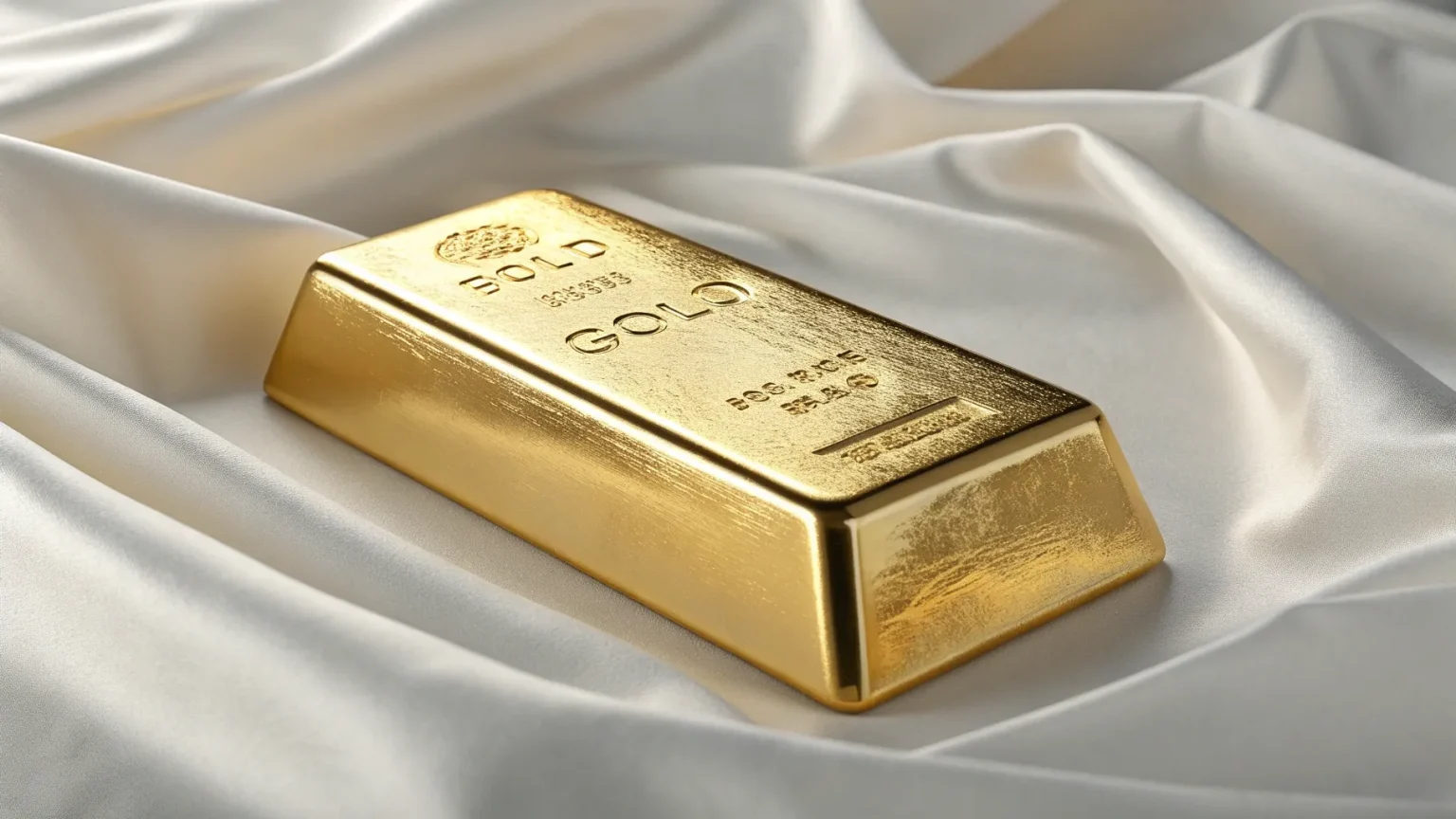Gold prices reached unprecedented territory on Tuesday, breaking through the $3,500 per ounce barrier and establishing a new all-time high. This milestone comes amid a combination of market factors that have strengthened the precious metal’s position as a preferred investment.
The price surge occurred as the U.S. dollar weakened against other major currencies, making gold more affordable for international investors. Simultaneously, financial markets have increasingly priced in expectations that the Federal Reserve will cut interest rates at its September meeting.
Market Conditions Driving the Rally
The dollar’s recent performance has played a significant role in gold’s ascent. As the greenback loses value relative to other currencies, dollar-denominated assets like gold become more attractive to foreign buyers, increasing demand and pushing prices higher.
More importantly, growing anticipation of a Federal Reserve rate cut has fueled investor enthusiasm for gold. Lower interest rates typically benefit non-yielding assets like gold, as they reduce the opportunity cost of holding the metal instead of interest-bearing securities.
Market analysts note that this rally represents a continuation of gold’s strong performance throughout 2024, with prices having climbed steadily from around $2,000 per ounce at the beginning of the year.
Economic Implications
The gold price surge reflects broader economic concerns and monetary policy expectations. Investors often turn to gold during periods of economic uncertainty or when they anticipate shifts in central bank policies.
The precious metal’s appeal has strengthened considerably as markets adjust to the likelihood of looser monetary policy from the Federal Reserve.
Financial institutions have revised their gold price forecasts upward in response to these developments. Several major banks now project that gold could maintain its position above $3,000 through the remainder of the year, with some suggesting further gains are possible if economic conditions continue to favor precious metals.
Investment Perspectives
Gold’s traditional role as a store of value and inflation hedge continues to attract investors concerned about economic stability. The metal’s performance stands in contrast to its historical patterns, as gold typically struggles during periods of high interest rates.
Investment demand has manifested through various channels:
- Physical gold purchases have increased at major dealers
- Gold-backed exchange-traded funds (ETFs) have seen significant inflows
- Central banks, particularly in emerging markets, have continued adding to their gold reserves
The current price level represents a substantial premium over production costs for most gold miners, potentially leading to increased exploration and production activities if prices remain elevated.
As markets digest the implications of gold’s record-breaking performance, investors will closely monitor upcoming economic data and Federal Reserve communications for signals about the future direction of interest rates and, by extension, gold prices.
With the September Fed meeting still weeks away, gold’s price trajectory will likely remain sensitive to economic indicators and shifts in market sentiment regarding monetary policy expectations.







